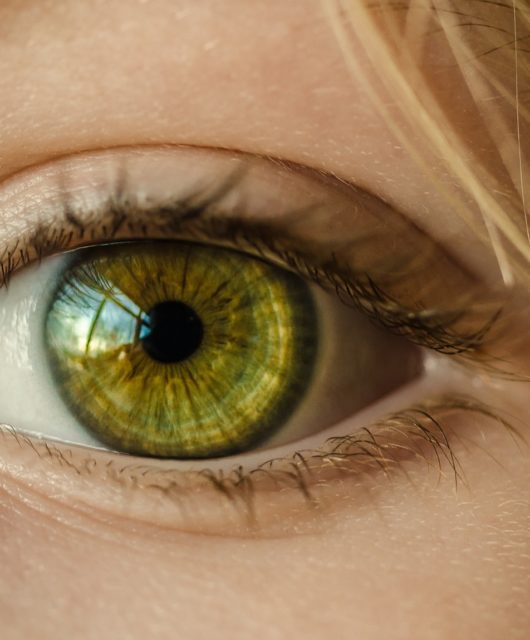Vitiligo: What Is It and How is it Treated?
Have you noticed your skin losing pigmentation in certain areas? Is it happening on various parts of your body with no rhyme or reason? This can be a very stressful thing to go through, and can make a person self-conscious of how they look. Without a diagnosis it’s common to feel worried and anxious about what’s happening with your skin.
 It could be that this loss of pigmentation is due to vitiligo, which is actually a very common and non-contagious skin condition. Whether you’ve just been diagnosed with vitiligo or you suspect you may have it, it’s a good idea to learn as much as you can about the condition as it will help to put your mind at ease and figure out your best treatment plan.
It could be that this loss of pigmentation is due to vitiligo, which is actually a very common and non-contagious skin condition. Whether you’ve just been diagnosed with vitiligo or you suspect you may have it, it’s a good idea to learn as much as you can about the condition as it will help to put your mind at ease and figure out your best treatment plan.
What is Vitiligo?
Vitiligo is a skin disease that affects the pigment cells of your skin. These pigment cells are called melanocytes. When a person has vitiligo, these melanocytes are actually destroyed, causing the skin to lose its pigmentation in that area. Those areas that are affected end up turning white. The skin disease can affect just one area of your body, or many different areas. It is not contagious so you won’t pass it on to others.
Vitiligo tends to develop before a person reaches the age of 40. The majority of cases present themselves before the person turns 20. While doctors haven’t yet uncovered the exact cause of vitiligo, many feel it is some sort of autoimmune condition where the body attacks and then destroys certain cells by mistake. Also there is some belief that it may be connected to a thyroid dysfunction, and genetics may also play into it.
What Should You Do?
If you think you may have vitiligo, the best thing to do is to visit a doctor such as the ones at The London Dermatology Centre. They will be able to assess your skin condition and provide you with a proper diagnosis. If it is vitiligo, the doctor can then offer various treatment options and answer any questions you may have.
What Treatments are Available?
If you have been diagnosed with vitiligo, it’s natural to then question what treatment options are available. The good news is that there are a number of different treatments that a person can try, many of which can offer excellent results. Some of these options include:
● Medication combined with light therapy, administered over many sessions. The goal is to return skin to its normal colour.
● Corticosteroid cream can be used to re-pigment the skin, and bring down the amount of inflammation in the area.
● Depigmentation, meant only for those with an extreme case of vitiligo as it removes the remaining colour left on your skin.
● Phototherapy, which can be used to reduce the appearance of the vitiligo over a course of many treatments.
There Are Solutions Available
What’s important to note is that if you have been diagnosed with vitiligo there are treatment options available that can lessen the appearance of the vitiligo, and even return your skin back to its original color in certain cases.









